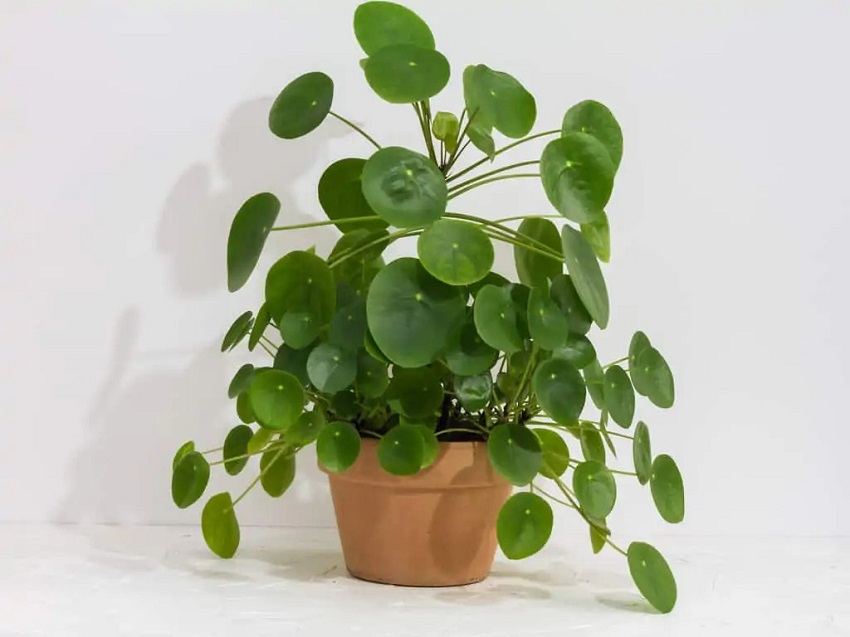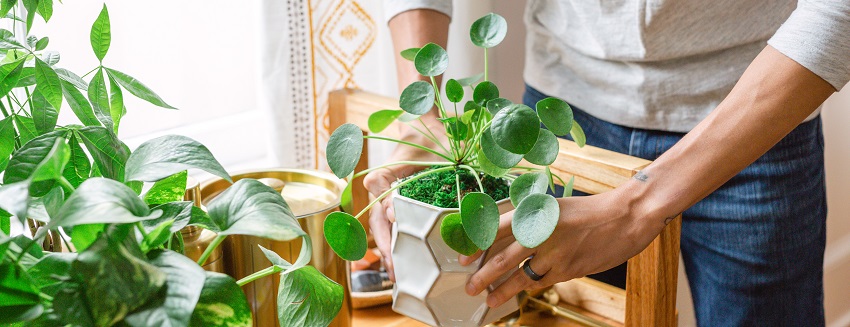Are you a plant lover who has noticed your Pilea plant looking a bit droopy and floppy? Don’t worry, you’re not alone! Many Pilea owners encounter this issue and wonder what might be causing it. In this article, we will explore the reasons behind a floppy Pilea and provide you with some helpful tips to revive and care for your beloved plant. So, let’s dive in and discover how to keep your Pilea looking vibrant and healthy!
Understanding Pilea
Pilea, also known as the Chinese Money Plant or Pancake Plant, is a popular houseplant loved for its attractive round leaves and unique appearance. It is native to the Yunnan province in China and has gained popularity worldwide due to its easy-care nature. However, even though Pilea is generally low-maintenance, it can sometimes develop a tendency to become floppy or droopy.
Insufficient Light
One of the common reasons for a floppy Pilea is insufficient light. Pilea plants thrive in bright, indirect light. If your plant is not receiving enough light, it may stretch and grow leggy, causing its leaves to become floppy. To remedy this, try moving your Pilea to a brighter location, preferably near a north or east-facing window. Providing adequate light will help your Pilea maintain its compact and upright growth habit.
Overwatering and Poor Drainage
Overwatering is another culprit behind a floppy Pilea. These plants prefer slightly moist but well-draining soil. If the soil is constantly waterlogged, it can lead to root rot and weaken the plant’s overall structure. Ensure that your Pilea is planted in a well-draining potting mix and that the pot has drainage holes to prevent water from sitting at the bottom. Remember to water your Pilea only when the top inch of soil feels dry to the touch.
Underwatering and Lack of Humidity
While overwatering can cause a floppy Pilea, underwatering can have similar effects. If your Pilea is consistently dehydrated, it may lose turgidity and appear droopy. Additionally, Pilea plants thrive in moderate humidity levels. If the air in your home is too dry, it can lead to wilting and floppy leaves. Consider placing a tray of water near your plant or using a humidifier to increase the humidity around your Pilea.
Nutrient Deficiency
Nutrient deficiency can also contribute to a floppy Pilea. These plants require regular feeding with a balanced houseplant fertilizer during the growing season (spring and summer). Lack of essential nutrients can weaken the plant’s structure and cause it to become floppy. Make sure to follow the manufacturer’s instructions for fertilizing and provide your Pilea with the necessary nutrients to support healthy growth.
Temperature and Drafts
Pilea plants prefer temperatures between 60-75°F (15-24°C). Extreme temperature fluctuations and drafts can stress the plant, resulting in drooping leaves. Keep your Pilea away from cold drafts, air conditioning units, or heating vents that can create temperature imbalances. Maintaining a stable and comfortable environment will help your Pilea thrive and prevent floppy foliage.
Pruning and Maintenance
Regular pruning and maintenance play a crucial role in keeping your Pilea looking its best. Trimming back leggy pilea or excessively long stems encourages new growth and helps the plant maintain a compact and upright form. Additionally, removing any yellowing or diseased leaves prevents the plant from wasting energy on struggling foliage. Remember to use clean and sharp pruning tools to avoid introducing any infections to the plant.
Providing Support
If your Pilea is already floppy, you can provide support to help it regain its upright posture. Gently insert thin stakes into the soil around the base of the plant and loosely tie the stems to the stakes using soft plant ties or twine. This will provide support and encourage the plant to grow vertically. Be careful not to tie the stems too tightly, as it may hinder their growth and cause damage.
Conclusion
A floppy Pilea can be a concern for plant owners, but with the right care and attention, you can revive your plant and enjoy its beauty once again. Remember to provide adequate light, maintain proper watering practices, and ensure a suitable humidity level for your Pilea. Regular pruning, fertilizing, and maintaining a stable environment will contribute to its overall health and help prevent floppy foliage. By following these guidelines, your Pilea will thrive and become the envy of other plant enthusiasts. So, don’t give up on your floppy Pilea—take action and watch it transform into a stunning display of natural beauty!

